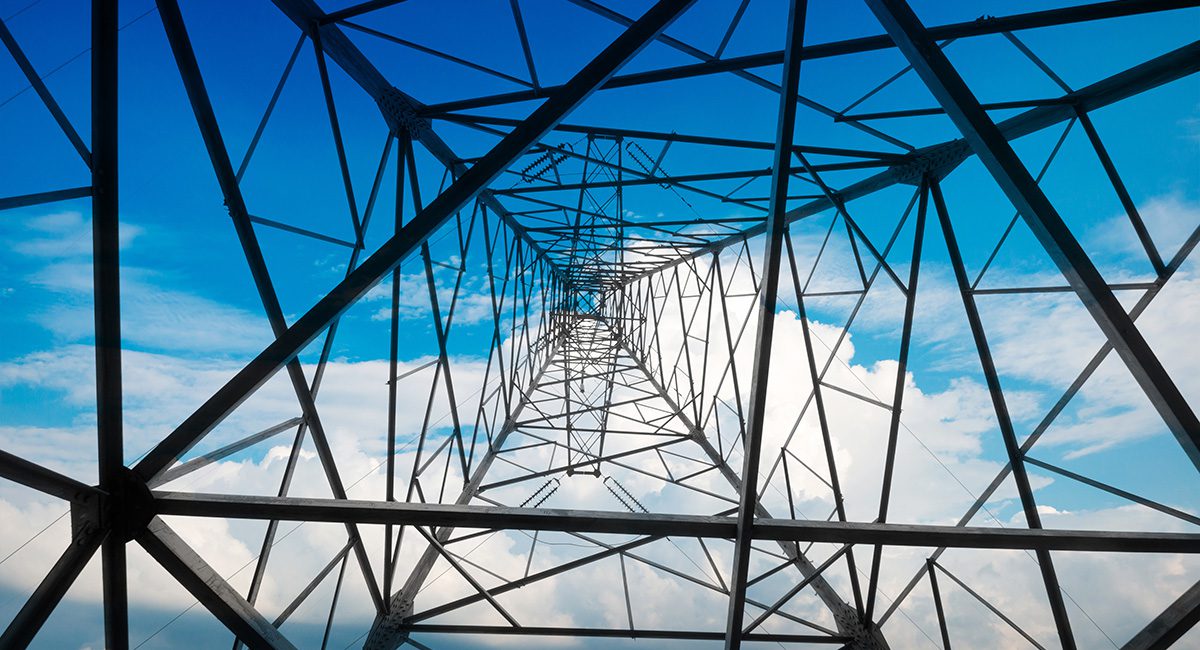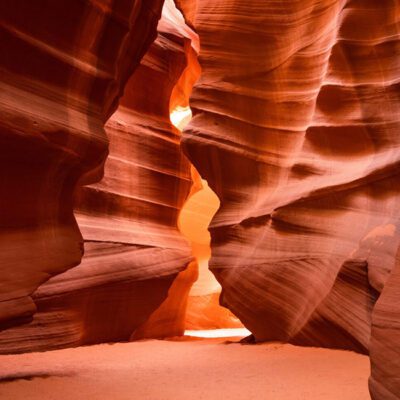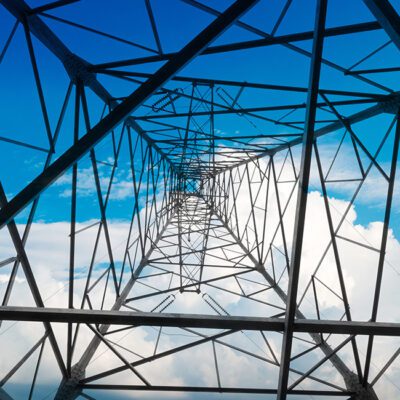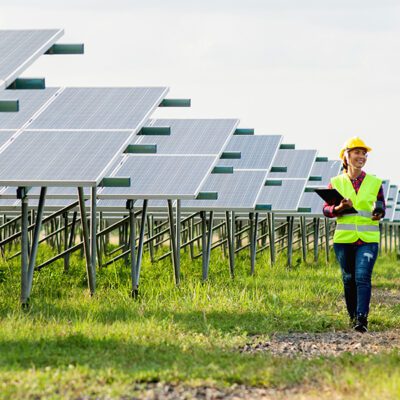There’s a saying in the renewable energy industry: “If you love renewables, you have to learn to at least like transmission.”
Transmission – the delivery of energy to your local distribution grid – is in many ways the lynchpin of the clean energy transition. Regardless of how much clean energy is created, if it can’t reach users, that’s, well… a waste of energy.
The good news? The world as a whole is making renewable energy at an exciting clip.
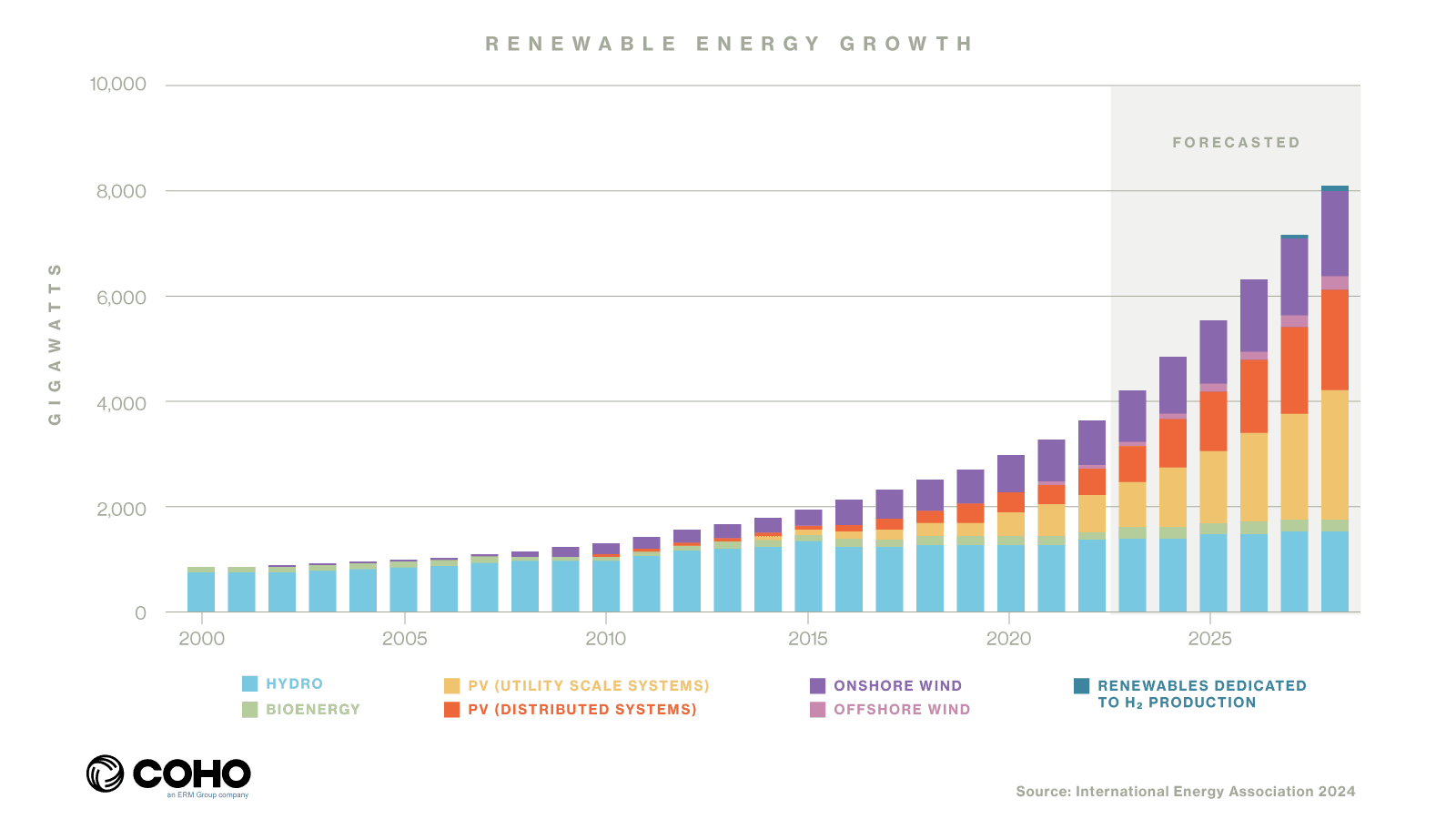
The U.S. alone has drastically augmented the clean wind and solar power in the nation’s grid. Of the 31.1 GW of electricity generation capacity added in 2023, renewable energy (RE) accounted for 65.6% of the total, with solar providing 51.5% and wind providing another 14%. Outside of direct generation, 5.8 GW of energy storage was added to the grid to capture renewables electricity during peak production times, to be discharged at night or during less windy hours. RE continued to surpass coal generation in 2023 as it did for the first time a year prior. In the last five years, renewables generation has gone from 16.9% of U.S. generation to 22%. These are remarkable achievements.
However, generating renewable energy is only the first step. What happens to that energy next?
The pace of energy generation and the pace of creating the infrastructure to store and/or deliver that energy are markedly different. While renewable energy builds, transmission lags woefully behind.
All Charged Up, Nowhere to Go
The antiquated nature of the national grid becomes painfully clear in light of the recent abundance of intermittent renewable energy. The wind and the sun tend to be strongest at about the same time across very large areas of the country. This can add large amounts of energy to the grid at the same time and create excess supply during those times, an imbalance that has multiple effects.
- It pushes down the wholesale price of electricity, which sounds like a good thing but most consumers buy their power through retail markets and don’t benefit from the lower cost.
- It causes grid instability.
- C&I (commercial & industrial) buyers earn less revenue from the electricity sold into the wholesale market, and less “green kudos” they can amplify because they are putting less RE onto the grid.
- It can make renewable energy resources unprofitable to run, meaning RE buyers can be left without the energy for which they contracted.
Solutions and Challenges
To avoid these impacts, one or more of the following needs to occur:
- Other generation must be reduced;
- Excess energy must be stored for times when intermittent RE is not abundant; and/or
- Excess energy must be shared with other areas that do not have excess intermittent energy.
Reducing other generation
Reducing other forms of generation is more difficult than it might seem. Take nuclear energy. Nuclear is one of the most inflexible resources (at least for technologies already installed) and can’t be backed down very far or very fast. It’s also an emissions-free energy resource, and asking these plants to back down so that other clean resources can run seems counterproductive. Another example is older coal plants that need to operate at a steady rate to be efficient and not suffer wear and tear to the capital equipment. Some newer or modified coal plants can ramp up or down but there are limits to the rate and magnitude of change, as well as an efficiency penalty typically on both cost and emissions (i.e., more of both per unit of output).
Storing excess energy
Simply put, the amount of energy storage on the grid currently cannot handle the amount of RE capacity being added to the grid. Current storage is often used for frequency regulation or to provide energy when heavy usage depletes the grid’s normal response capability.
Storing extra energy remains a real challenge and carries an economic and energy cost. Lithium-ion batteries remain the dominant form of chemical storage today, but lithium itself is a hurdle. While the earth appears to have enough lithium to power an electrified future, access to the mineral is still limited and will take time and technology to unlock (new mining operations can take years to get up to speed). Additionally, a 5-10% energy loss is common in battery storage – a significant drop when taken in total. Battery storage also has high capital costs and as-yet uncertain longevity. Storage on the grid is increasing but from a very low level, and slowly – it has a long way to go before it makes a major dent in the excess supply issue. According to the International Energy Agency (IEA), “projected growth in grid-scale storage capacity is not currently on track” with its Net Zero Emissions by 2050 scenario.
Sharing excess energy
Transmission enables sharing excess energy with other areas that need it or can accommodate it. Sharing happens within some grid regions today, but the growth of RE is beginning to outstrip the ability of those grids to share the excess even within a given grid. According to the US Department of Energy (DOE), the nation needs to revamp its approach to infrastructure to confront issues of permitting, planning and cost allocation, because most of the most reliable wind and solar resources are located far from population centers that need the energy they produce. Transmission expansion will enable better and more frequent access to renewable energy over broader geographic regions.1
The Power of Intergrid Connection
As the generation of RE expands, connections between and among grids become critically important. While building transmission infrastructure is a high capital-cost endeavor, it’s an asset that should far outlive most clean energy projects. Most areas of the country have Regional Transmission Organizations (RTOs), managing entities of the physical transmission infrastructure carrying energy to an entire territory. Some RTOs already have basic interconnections between them, but these are primarily for grid stability. To avoid the challenges of growing excess of clean energy on the national grid, we need far more connections between regional grids so the US can continue its clean energy transition as rapidly and as widely as possible.
“Two-thirds of renewable resource potential is located in 15 central states that comprise only one-third of total electricity consumption, while load centers near the East and West coasts consume the other two-thirds. Transmission is needed to deliver clean energy to population centers.”
Americans for a Clean Energy Grid2
Progress Now, and for 20 Years From Now
The U.S. Congress and the Biden Administration have gotten off to an encouraging, if still insufficient, start to building out more transmission. The Inflation Reduction Act (IRA) includes billions of dollars in funding for new transmission, and the DOE now has increased authority to approve nationally important transmission projects despite potential opposition from localities or states in which they’re located. The Federal Energy Regulatory Commission or FERC, and DOE working together could be a powerful combination to create a transmission build-out plan for the national grid.
FERC is working now on how to take transmission planning from a short-term process focused on reliability to a long-term process that takes into account what electricity demand will look like in 20 years (namely the far greater electrification of transportation, heating, industrial processes, and electricity-gulping technologies such as AI). New transmission in the U.S. to date has focused more on reliability than expansion, and FERC is looking to address that imbalance.
Major concerns about our current grid include:
- Aging infrastructure: Most of the nation’s current transmission and distribution lines were constructed in the 1950s and ‘60s, with a 50-year life expectancy. They’re now at or beyond their intended lifespan.
- National security vulnerability: An aging grid is not only vulnerable to vandalism and damage from catastrophic natural events, but also from cyberhacks by criminals, terrorists, or adversarial nations. The U.S. has limited ability with its current infrastructure to prevent or even react to such attacks.
- Achieving clean energy goals: Reaching our goal of 100% clean energy by 2035 will require up to three times our existing transmission capacity in the US, or between 1,400 and 10,100 new miles of high-capacity lines per year, starting in 2026.
- Squandering the IRA moment: The U.S. will lose out on 80% of potential emissions reductions from the IRA in 2030 if transmission expansion is limited to its recent rate of approximately 1% per year. To unlock the full potential of IRA funds, we must increase expansion to approximately 3% per year.
What You Can Do
Energy buyers and advocates for bold climate action can play an important role in helping to bring about the massive transmission investments necessary to enlarge RE capacity and avoid major impacts on wholesale market prices and grid stability. Some buyers hesitate to get involved in politically charged legislation or policy-supporting climate action or RE expansion. To date, transmission has for the most part enjoyed bipartisan support because the argument for it doesn’t rest solely on climate, but unfortunately, transmission, like so many things, is starting to become somewhat politicized and progress could fall prey to quarrelling factions in congress. Still, Coho encourages corporations to remain engaged in supporting build-out. The cost of actually getting electricity to users has been a secondary concern, but even those who don’t support renewable energy will recognize the value of building out the grid to create and maintain reliability and to make delivering electricity as efficient as it can be. More and better transmission means cleaner, cheaper energy for all consumers, all industry, and all political stripes.
Buyers and other advocates can weigh in with FERC by doing one or more of the following:
- Let the team at Coho know of your interest in staying up to speed. We occasionally tell clients about business-appropriate initiatives they might want to sign on to, to participate in the effort to upgrade the nation’s grid.
- Participate in groups such as the Clean Energy Buyer’s Alliance (CEBA) to help increase the visibility and understanding of transmission for the clean energy journey.
- Join Americans for a Clean Energy Grid (ACEG) as a supporter or sign up for their distribution list – ACEG is a national leader for transmission expansion and upgrades.
- Write your US Representative and Senator voicing your support for the transmission expansion and upgrade agenda.
- Write letters to the editor in publications where you or your company are located to share your support for this critical initiative.
It’s no exaggeration to say that the planet’s future is highly dependent on a massive buildout of the transmission system to reach the world’s decarbonization goals. We hope this discussion has added to your understanding of the critical role transmission plays in the climate fight, specifically here in the U.S but this same issue applies to most grids around the world. For more options to support increased transmission or for more information in general, please reach out to us.
1Source: U.S. Department of Energy | Queued Up…But In Need of Transition | Office of Policy 2022
2Source: Americans for a Clean Energy Grid | ACEG
